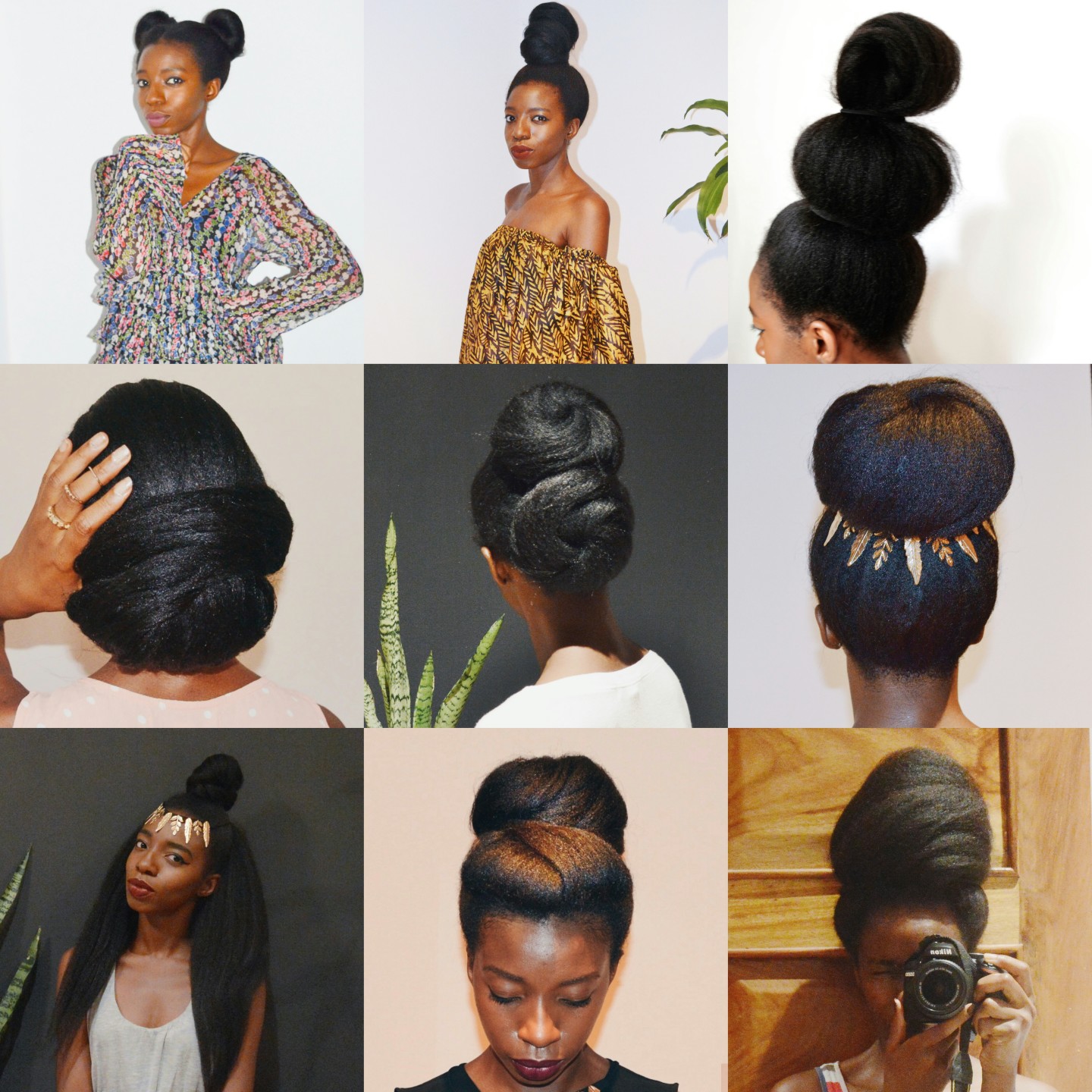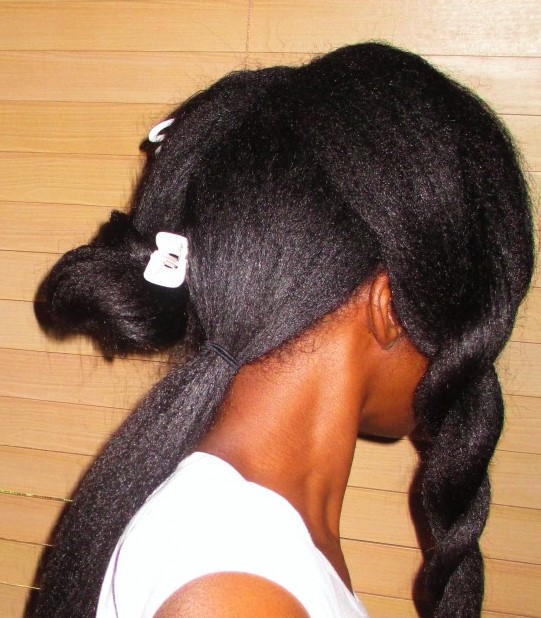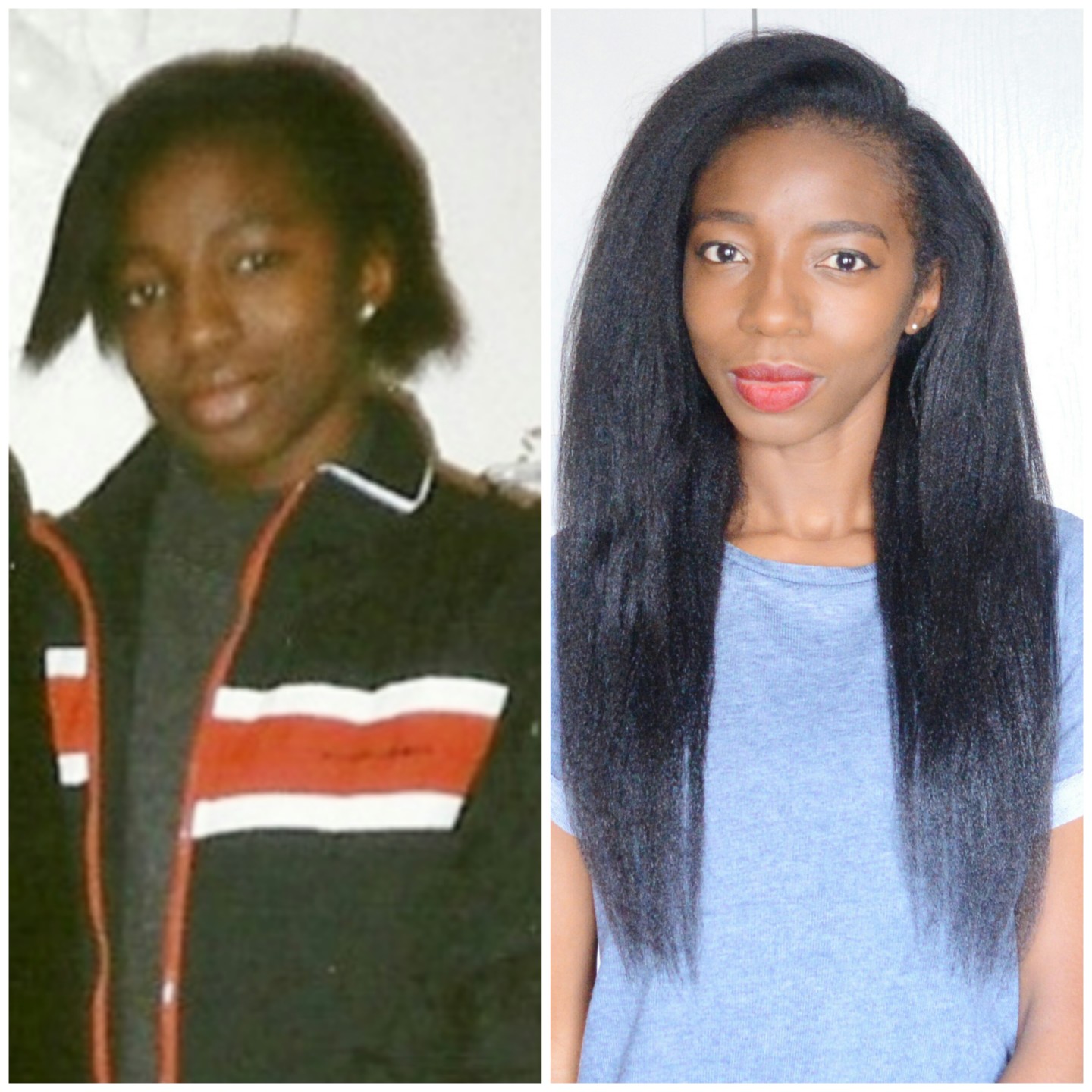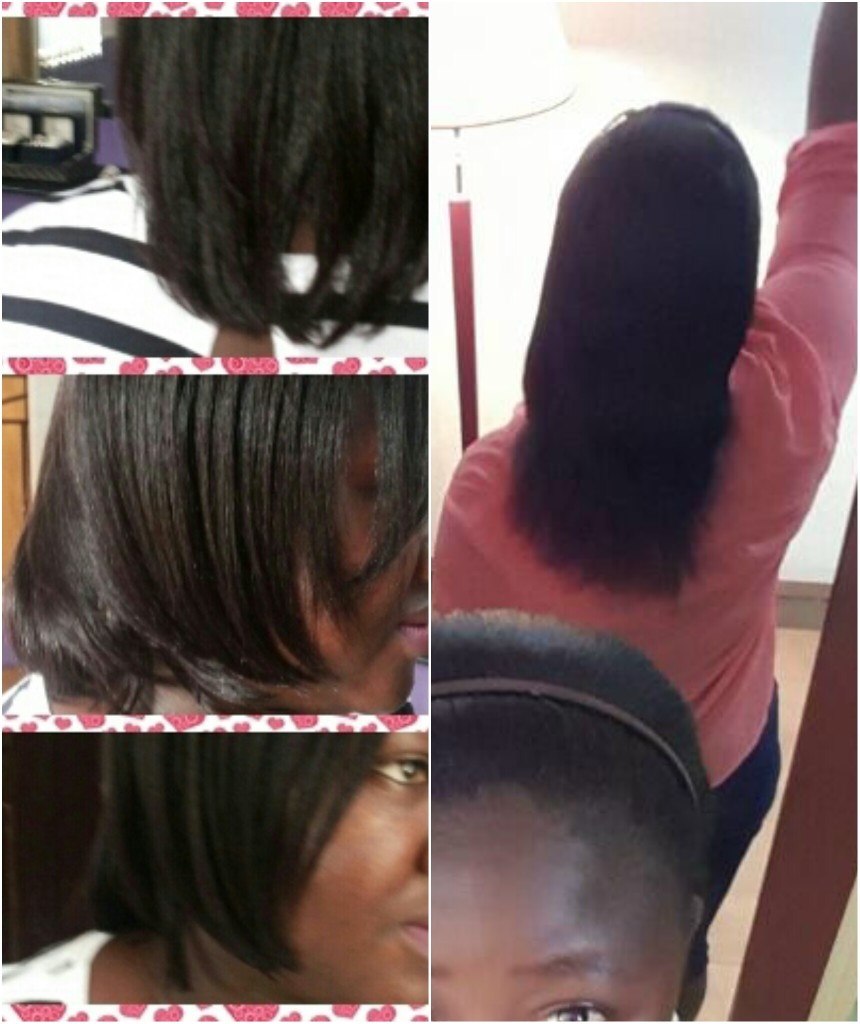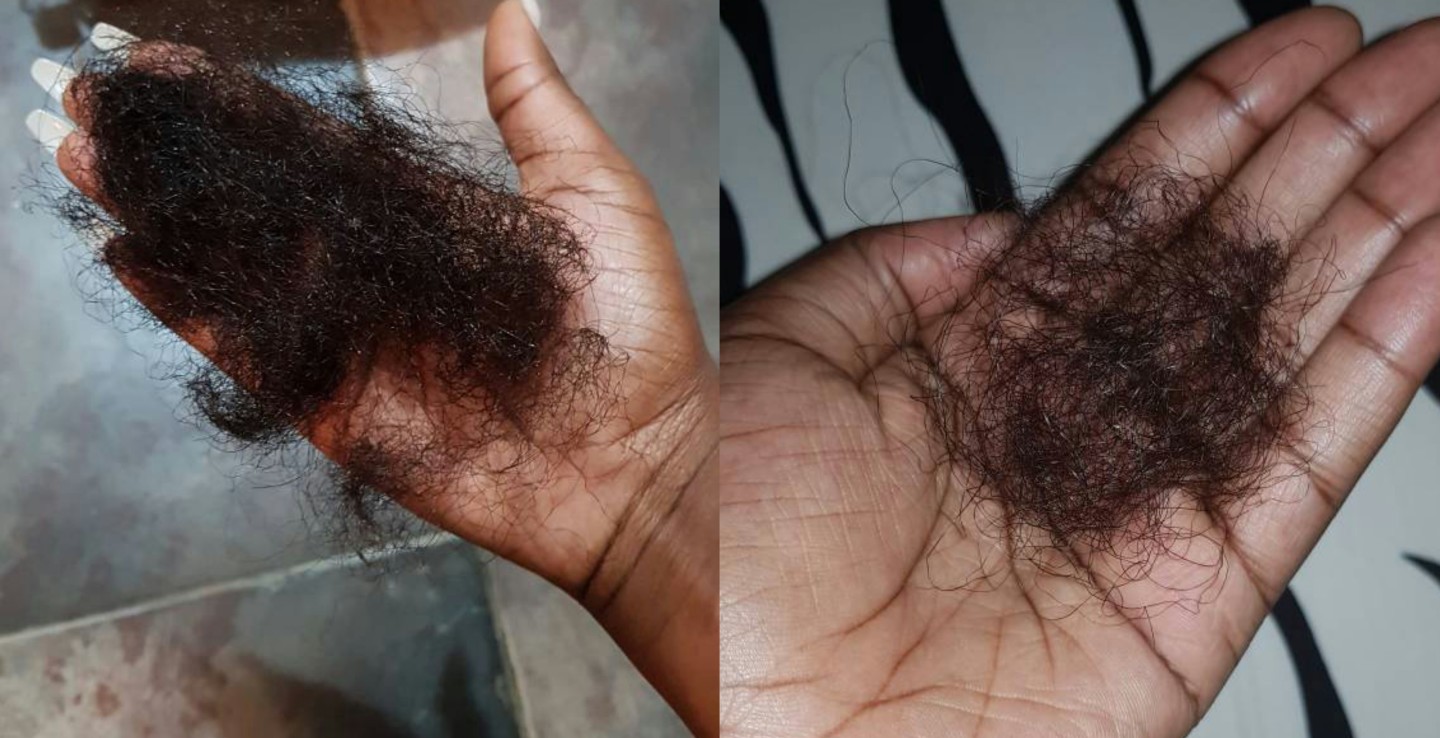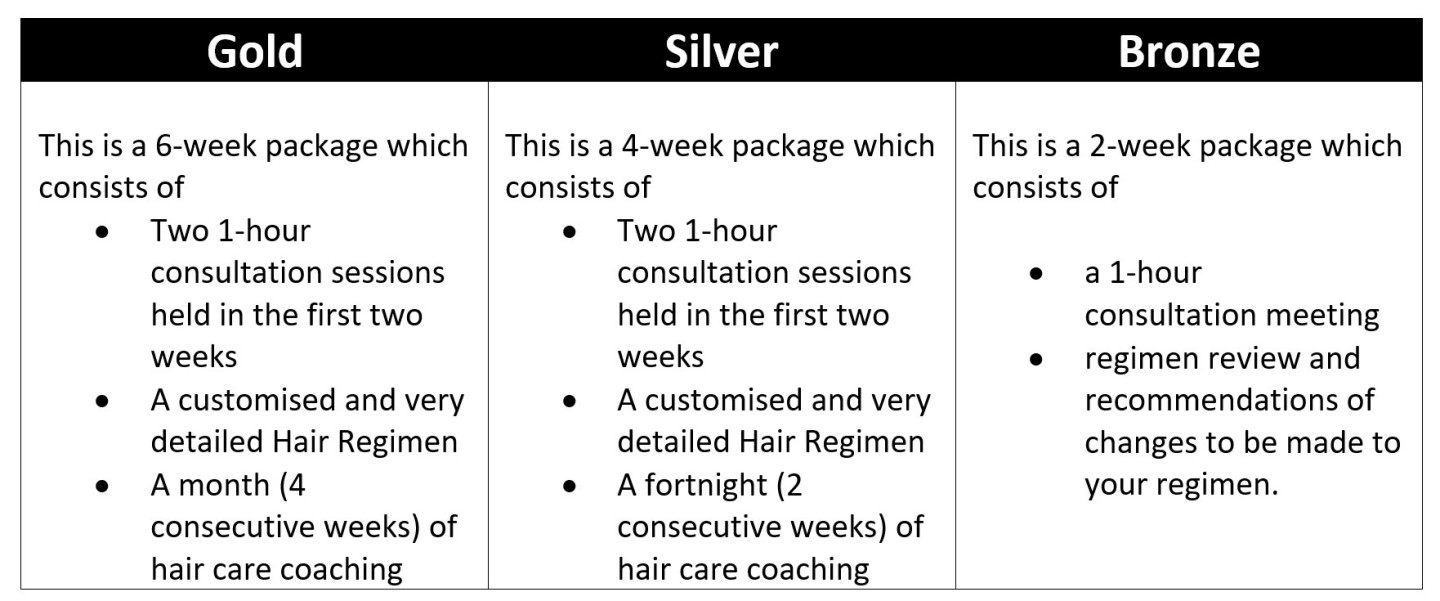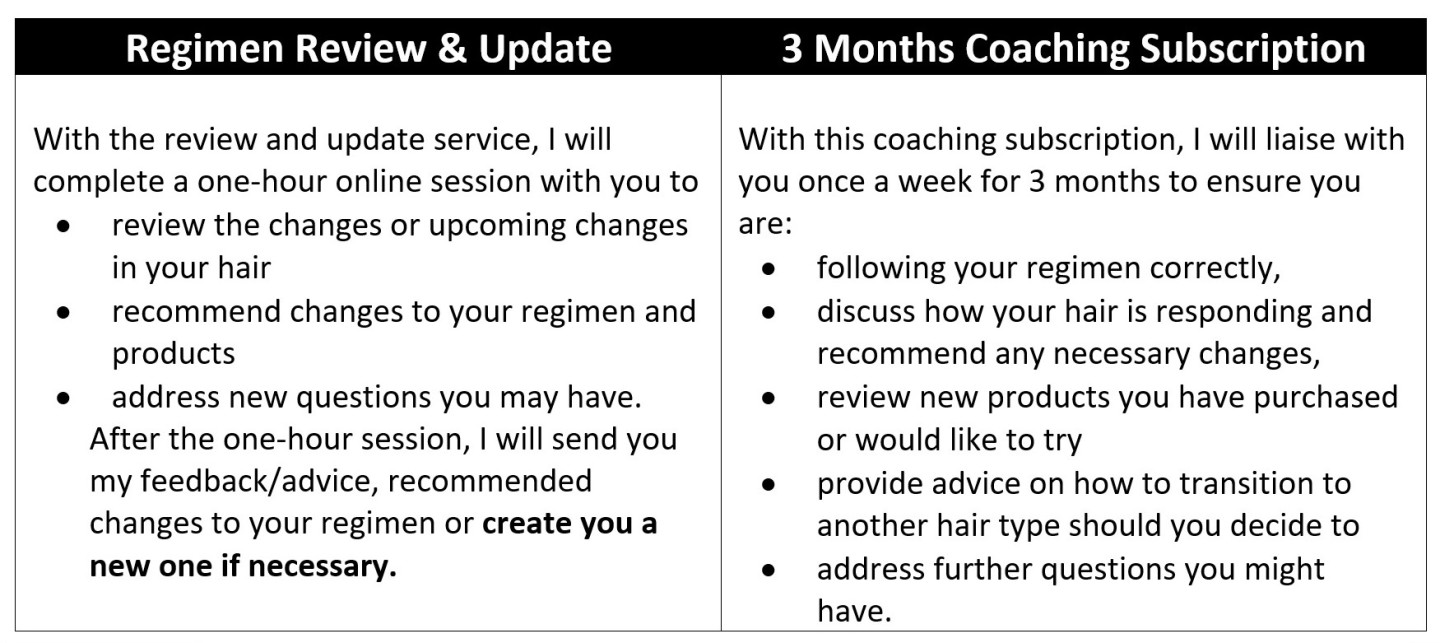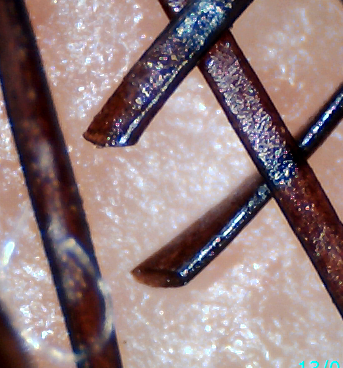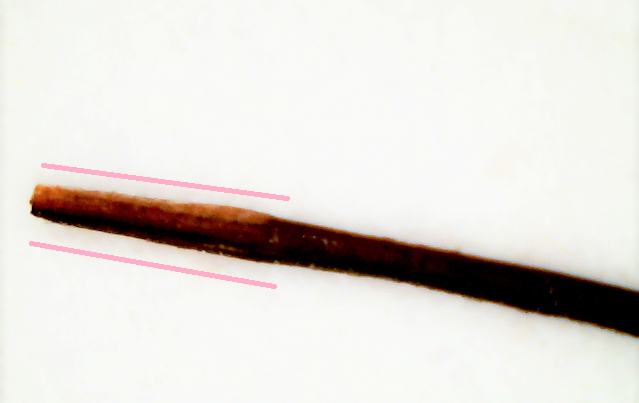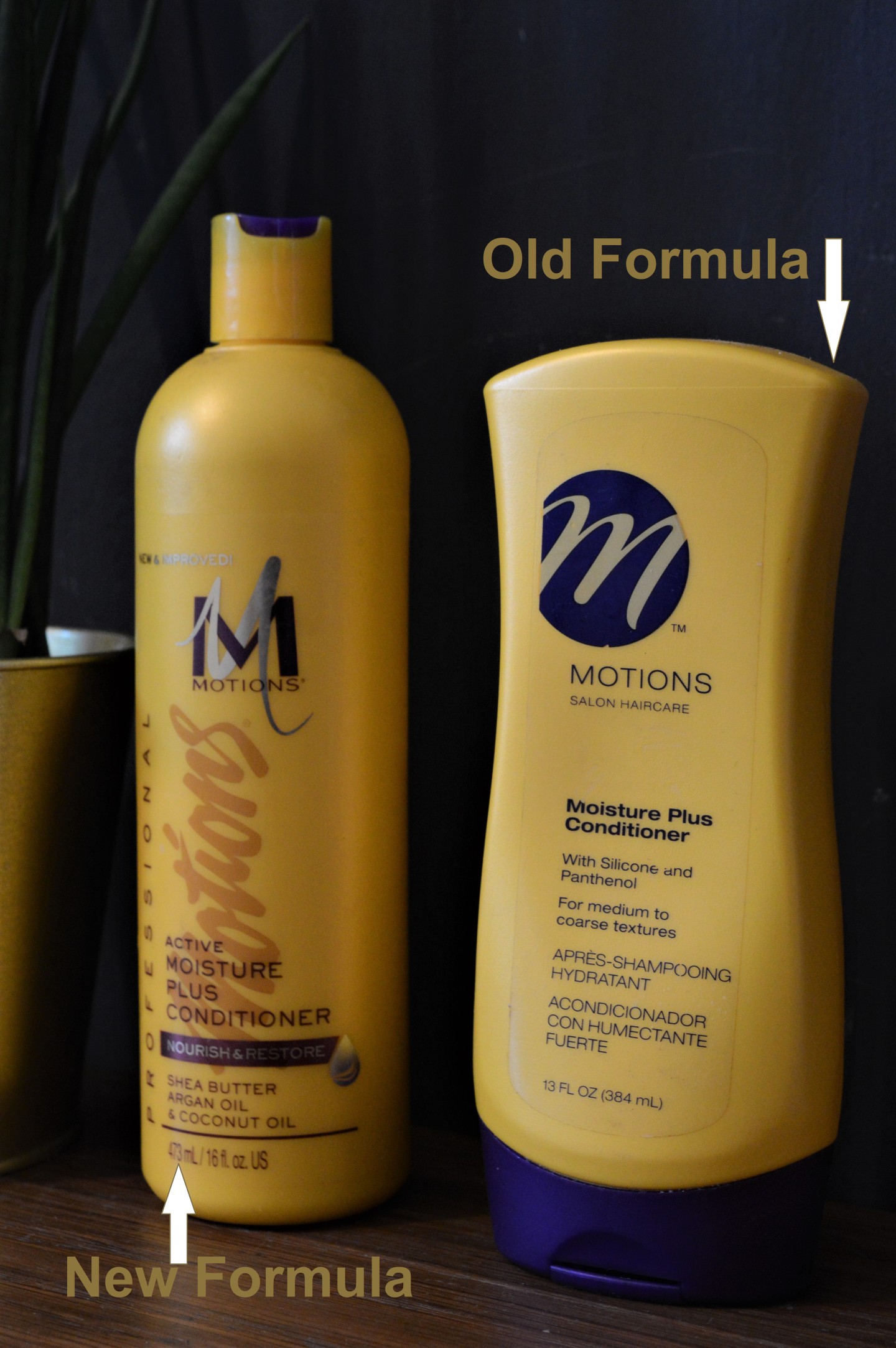
Hey ladies,
I’am smiling as I type this because of all the ladies who have visited and met me at the salon who have asked, “haba, why have you stopped blogging?”
If you are reading this, you know I said I’d be back. Ladies, the reality is that I am pulled in so many directions and sometimes it becomes a lil difficult to do it all. I will always blog, it may not be as often as I’d like but this is home. So sooner or later I’ll always be back. Mushiness over ……. and on with today’s blog post which is a product review/comparison of the old and new formula of Motions Moisture Plus Conditioner.
First thing first, Aussie Moist is my current go to moisture conditioner as I discussed in this post. I often advise ladies in locations where some of their fave brands may be hard to find, to have a back up product in case they aren’t able to find/buy their staple products. I have two back up moisture conditioners I use to deep condition my hair, Herbal Essence Hello Hydration and Motions Moisture Plus.
The old version of Motions Moisture Plus seemed to work quite well for my hair but I was never happy with the ingredients and tried many alternatives with better ingredients but none kept my hair as happy ( smoother, easier to detangle, softer) as the motions. All that changed when I tried and fell in love with Aussie Moist. So why am I talking about Motions? Because the stash of Aussie Moist I brought back from the UK is finished and I haven’t had the time to go hunting for some here in Lagos. I walked into my beauty supply store and picked up a bottle of the new motions instead……… and I am very happy with it to say the least.
In this review I will discuss the ingredients, consistency and the effects the new fomula had on my hair in comparison to the old one.
Ingredients
The thing that irked me the most about the old formula was the high quantity of mineral oil it contained. Mineral oil isn’t a high quality ingredient. It add no real value to conditioners and does not enrichen a conditioner the way many natural botanical oils do.
The new motions Moisture plus contains no mineral oil and such a rich mix of natural ingredients which are listed very high up the list ( meaning there are high quantities of them in the conditioner). Some of the botanical oils and butters contained in the new formula includes Soybean oil, shea butter, argan oil, olive oil, coconut oil, castor oil, etc. Although it is a moisture conditioner, it also contains a small amount of hydrolyzed proteins which helps hair fibres retain moisture ingredients for longer.
I am not saying this new formula has a perfect list on ingredients, but it certainly has a much better quality of ingredients that are beneficial to hair.
Consistency of the Product
The old formula was thicker and took some effort before sinking or seeping into my hair. I noticed that it usually required heat for about 10 minutes via my soft hood drier before my hair began to absorb the product.
The new formula on the other hand is much thinner but it’s not overly watery or too runny. The first time I applied it to my hair I was shocked because it disappeared, I mean I couldn’t see a thick layer of conditioner sitting on top of my hair fibres, nooooooo, it sank right into my hair fibres with zero heat. This had me thinking “okay – come through Motions…come through”
Effects on My Hair
I was pleased with how my hair felt when I rinsed it out. My hair definitely felt softer than when I used the old formula. I however still prefer how soft and perfect the Aussie Moist Makes my hair feel. So whilst the new Motions Moisture Plus is not my main or go-to conditioner, I am very happy to keep using it as a back-up and don’t have to feel bad about putting a poor quality product in my hair. And most importantly I feel happier about readers trying and using it IF it works on their hair.
My next post is a science based, very educative post about the structure of afro hair fibres in comparison to Caucasian and Asian hair types, the implications of our hair’s shape and why it is a major factor in how we treat our hair if we want it to be healthy. I am already working on it so see you soon.
X
Lade

